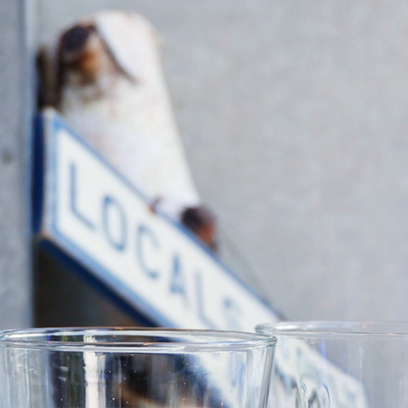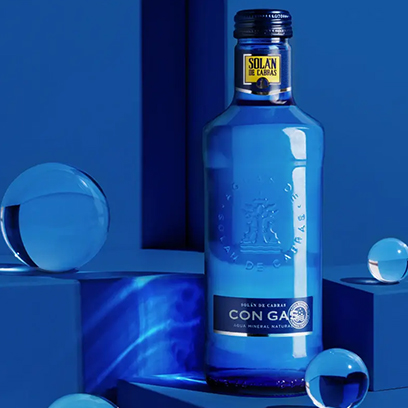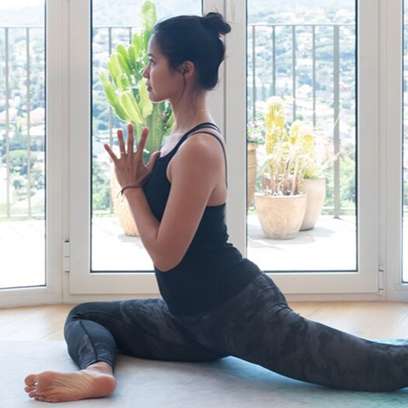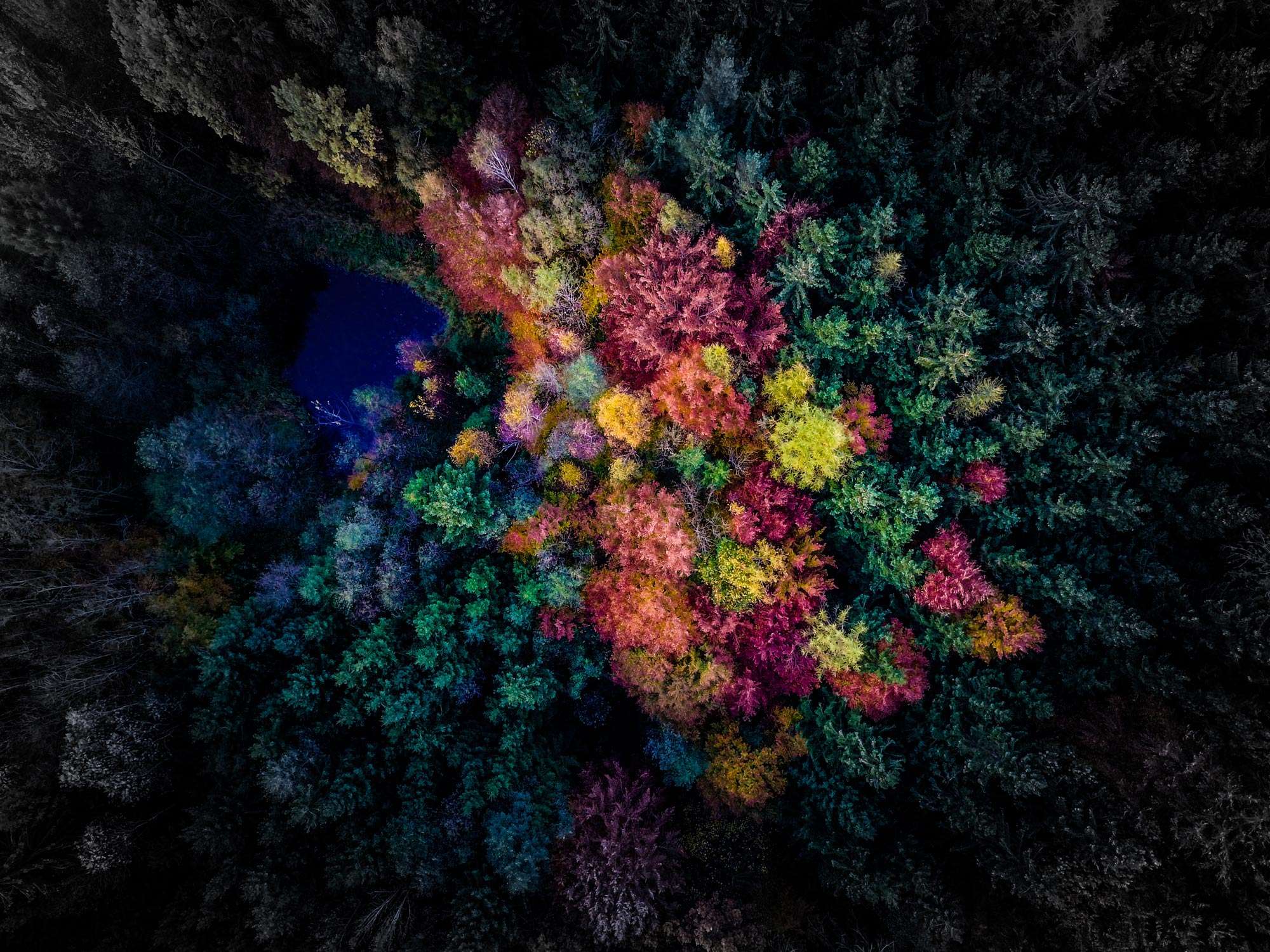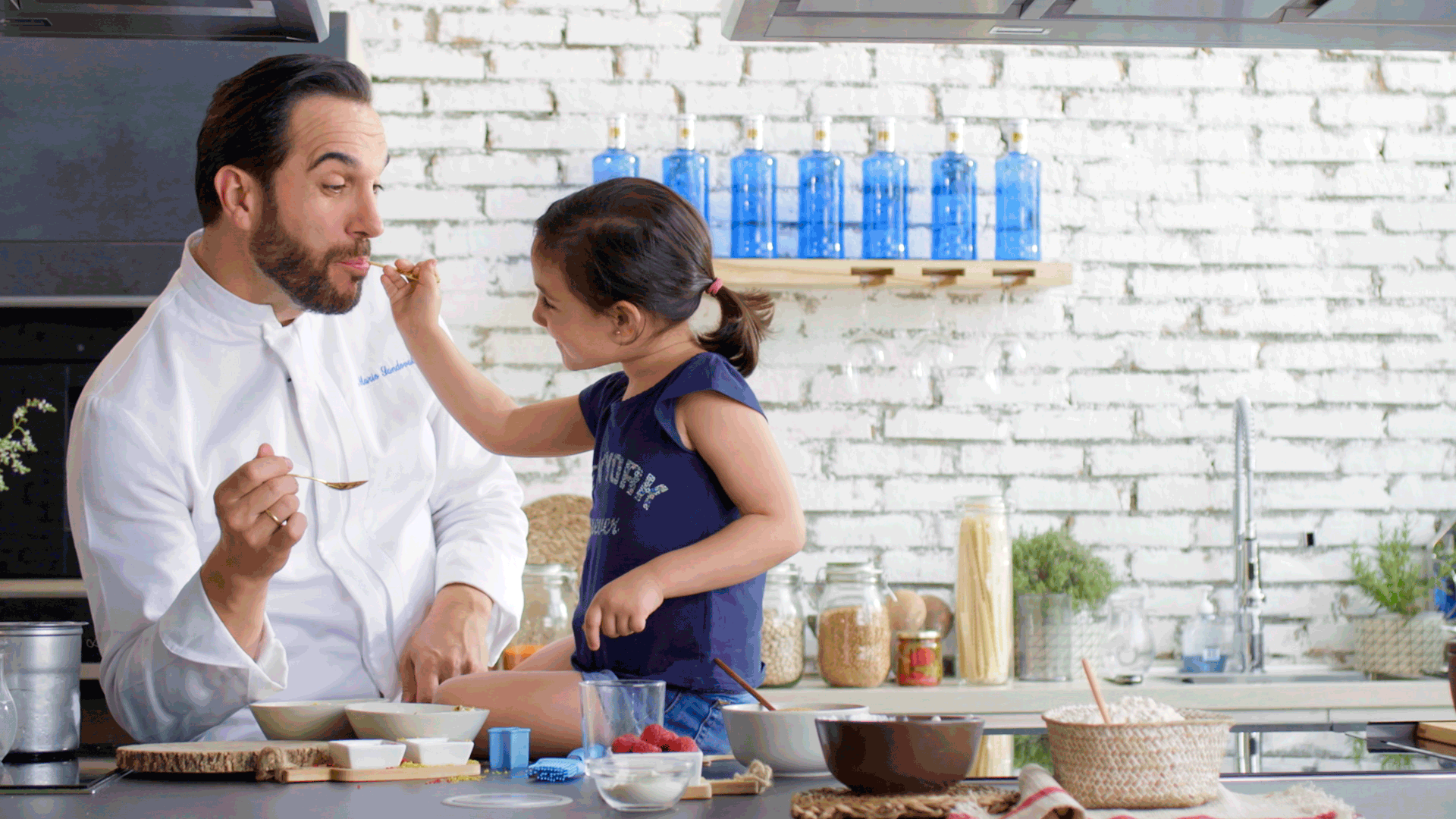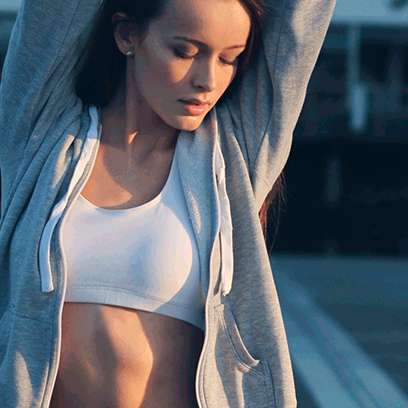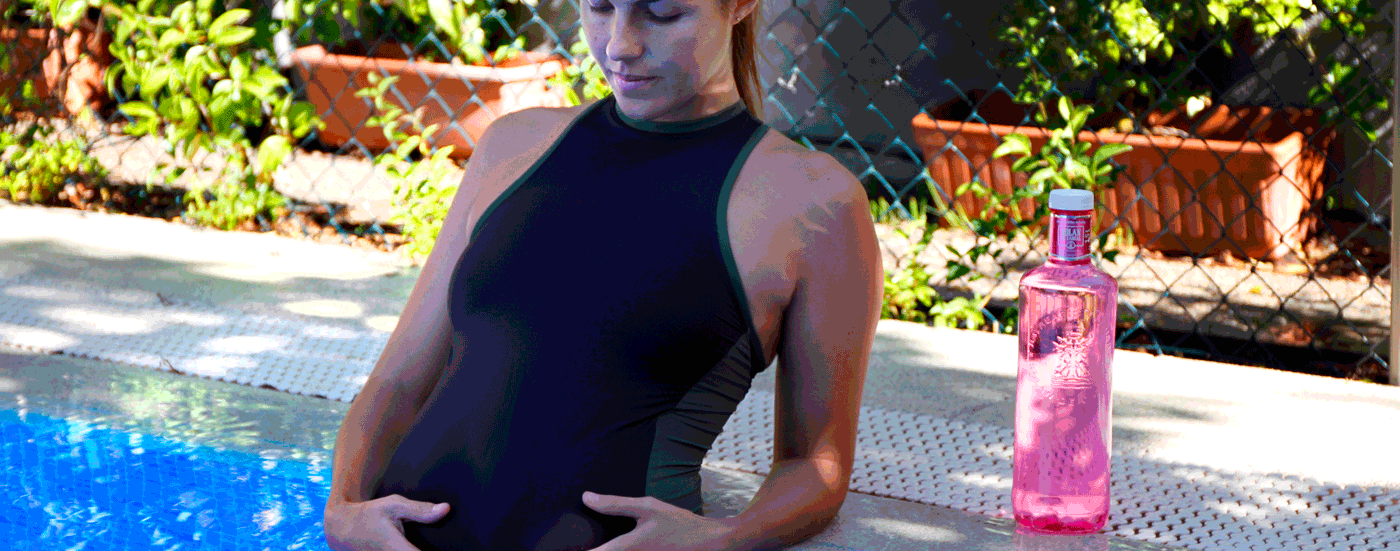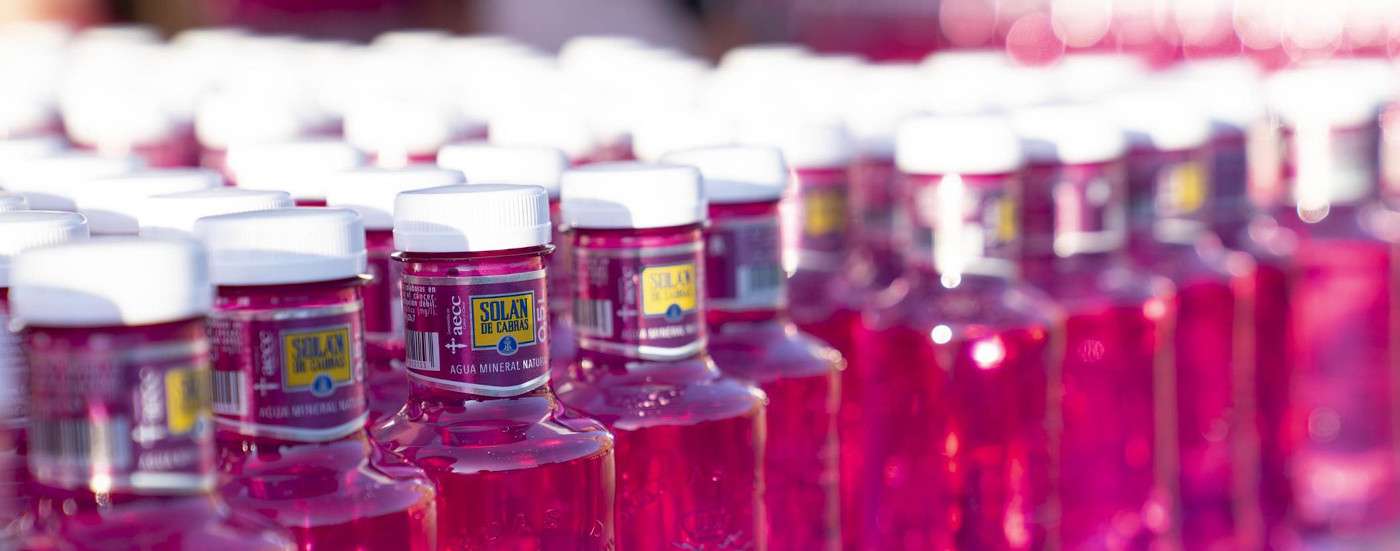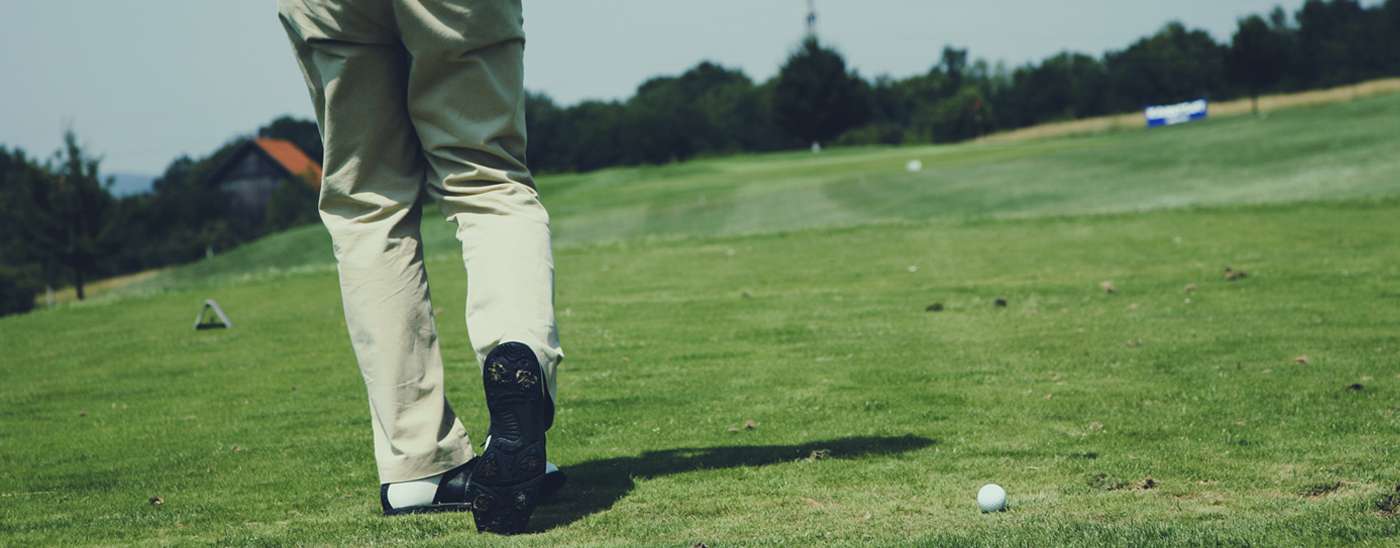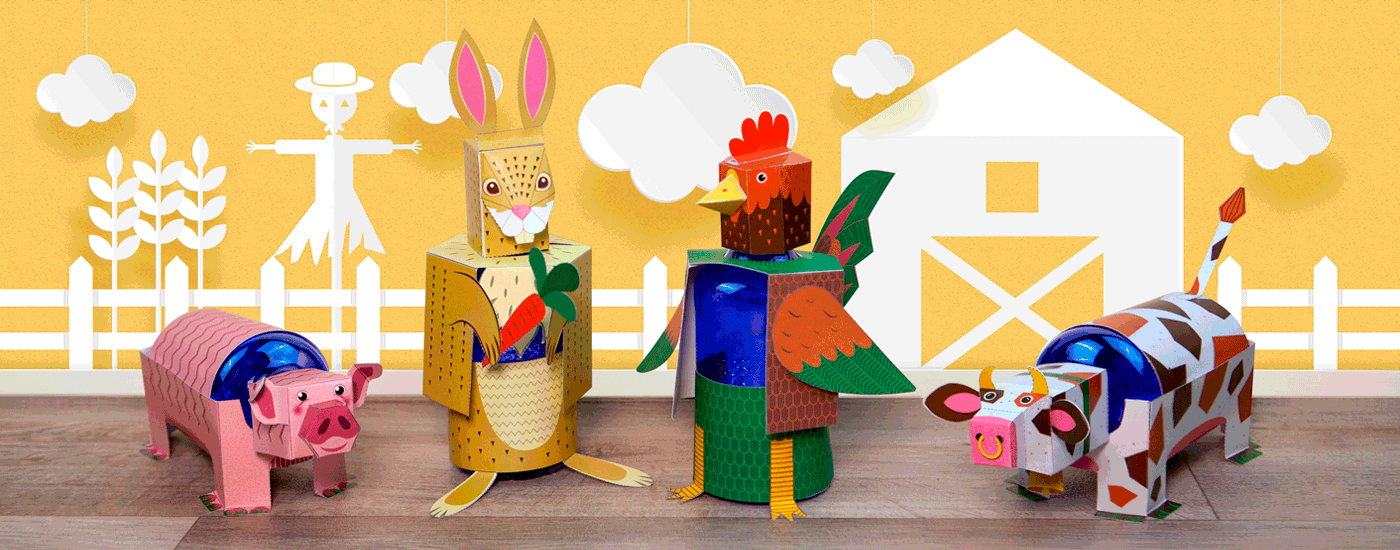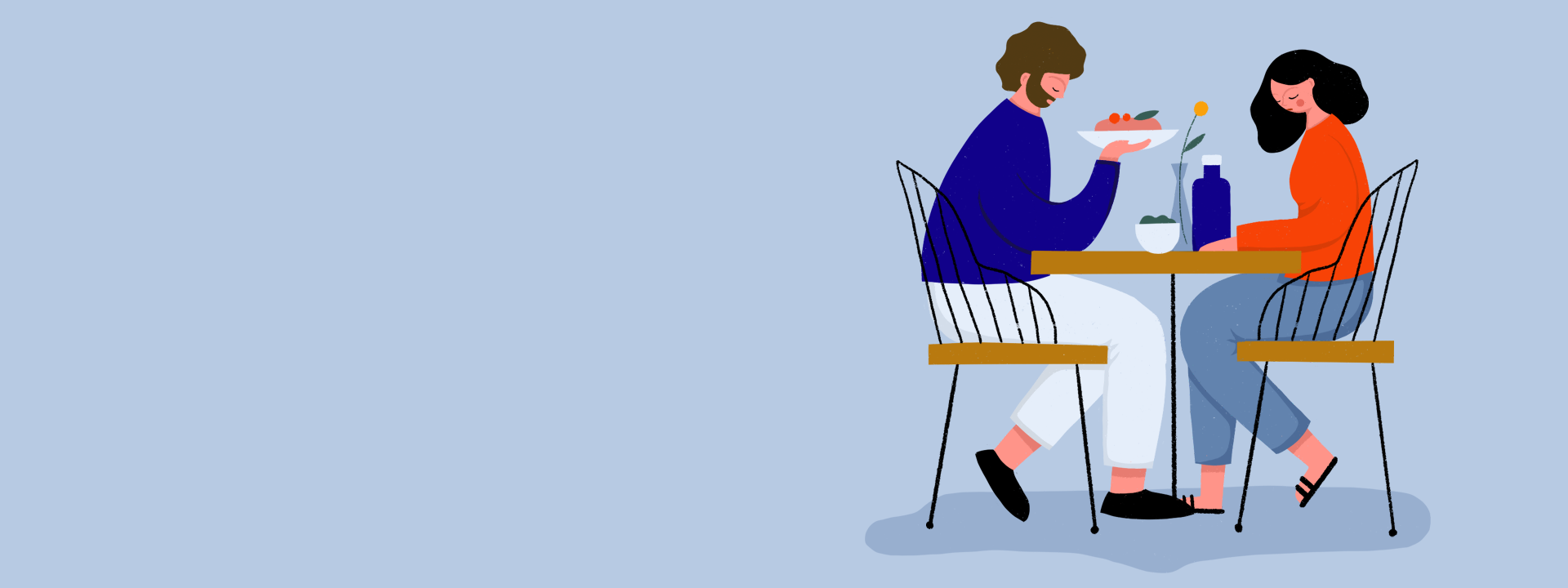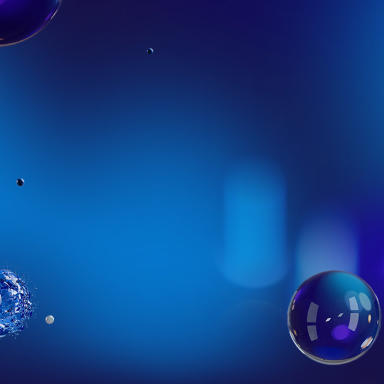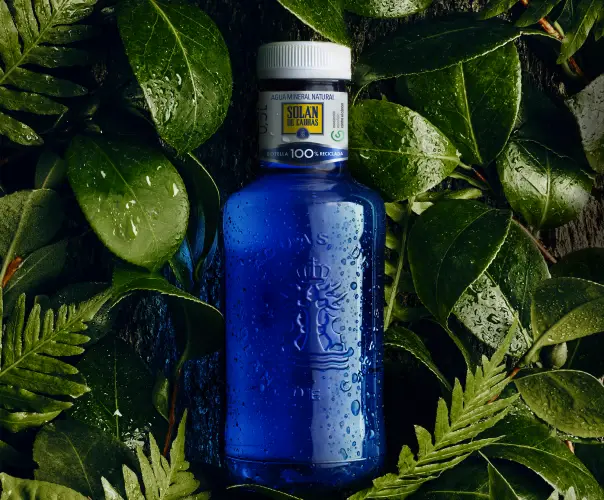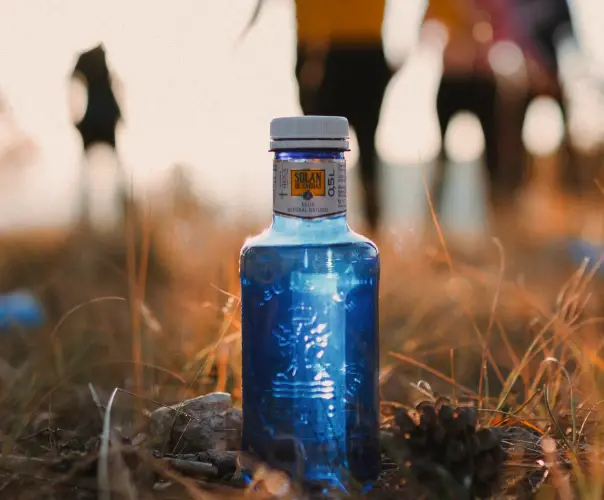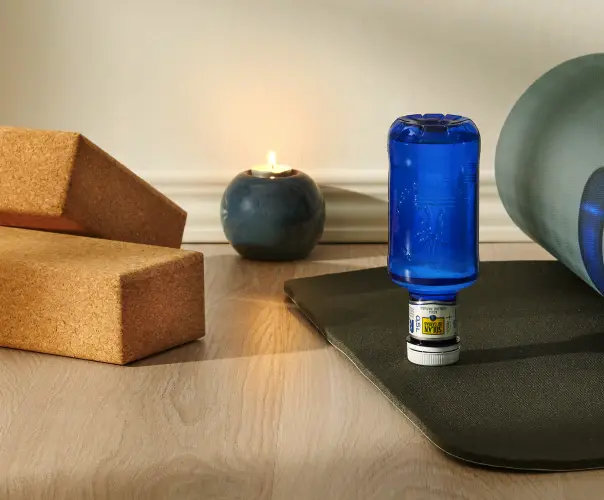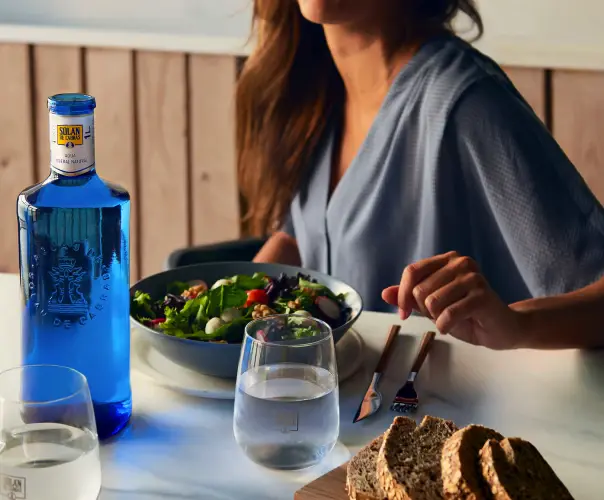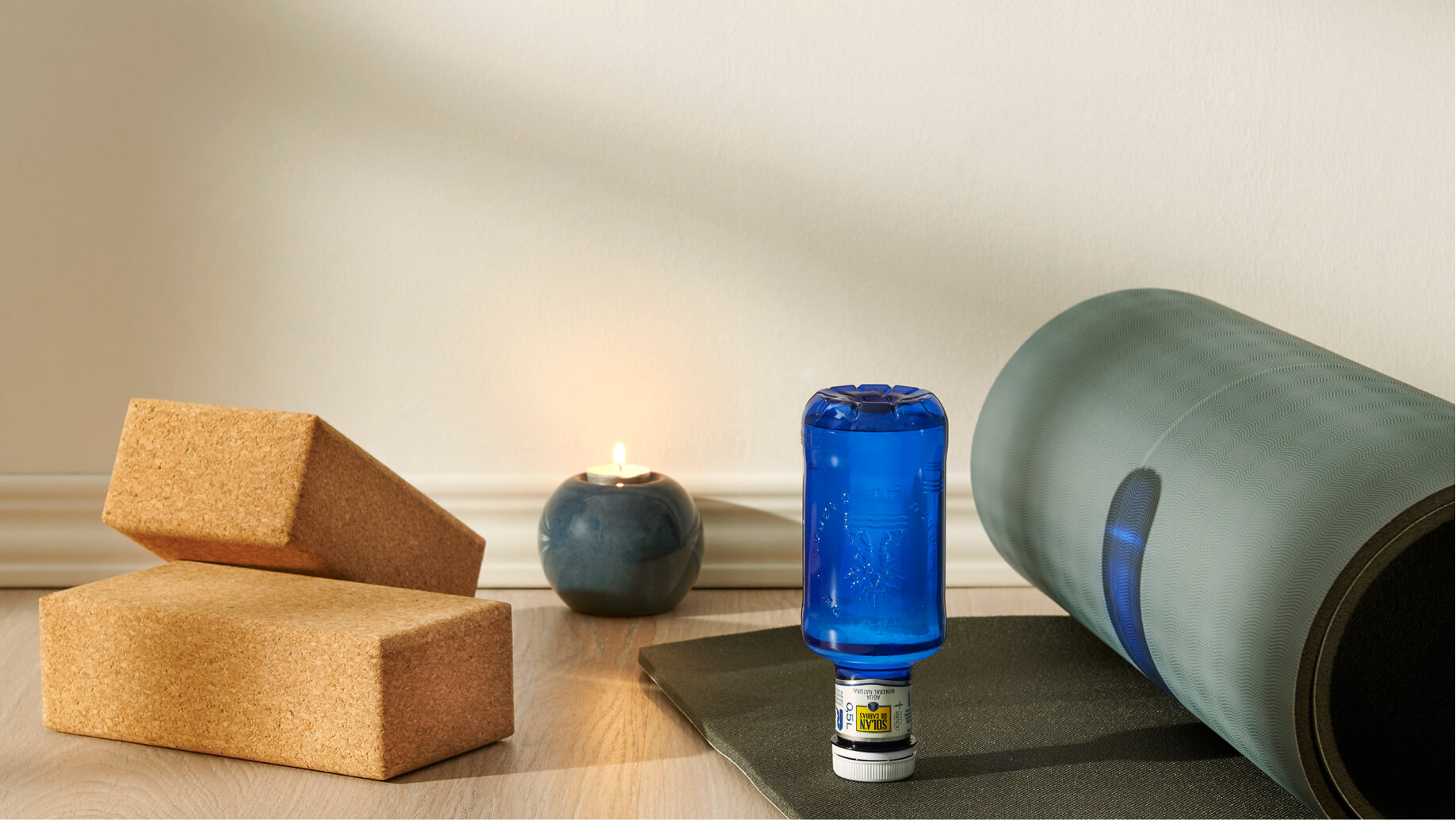
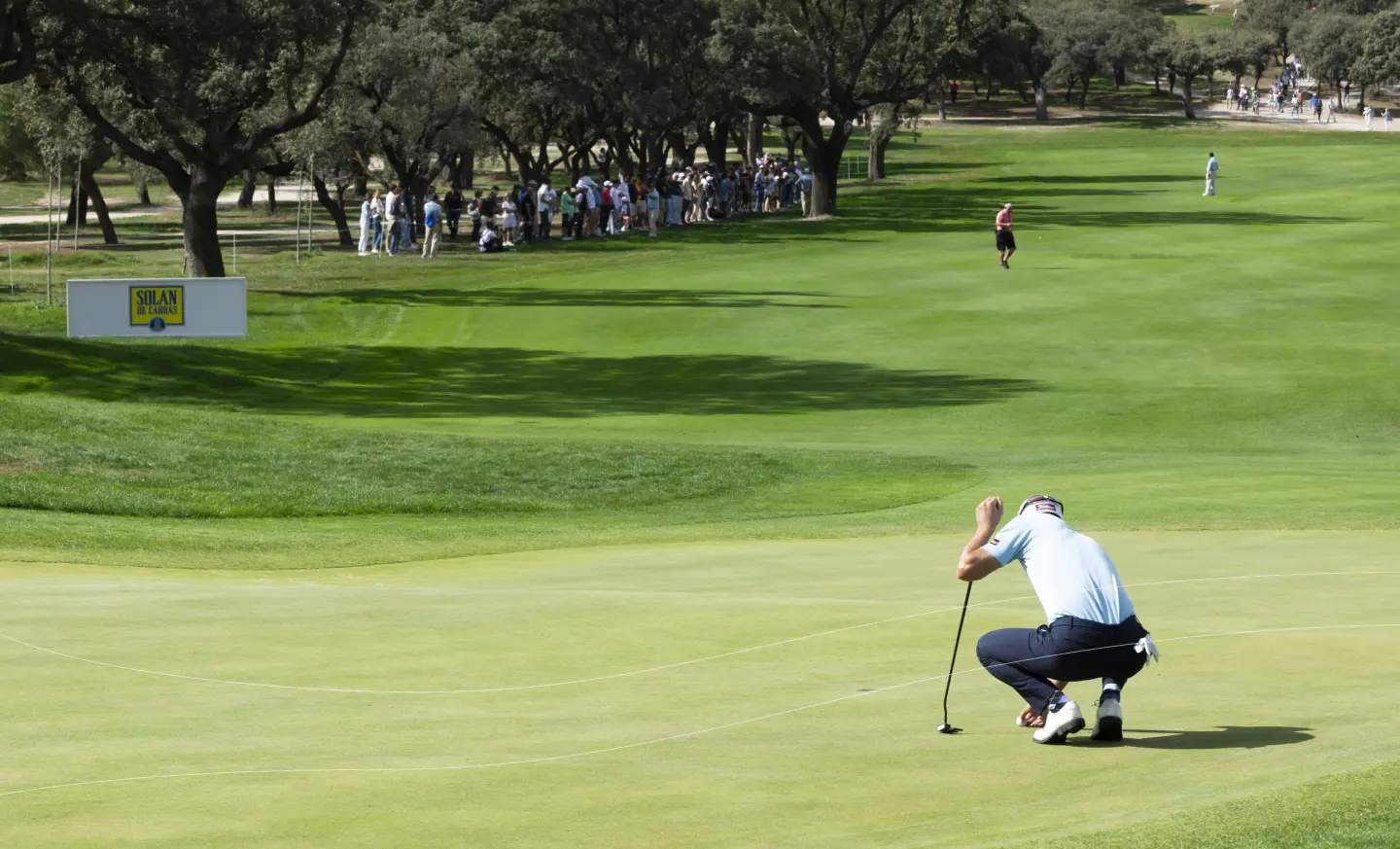
Nuestros
patrocinios
-
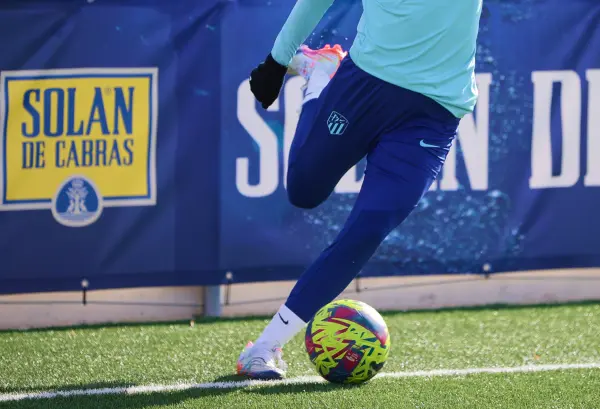
Solán de Cabras patrocina a LaLiga, el Real Madrid y a el Atlético de Madrid.
Ver patrocinios en futbol -
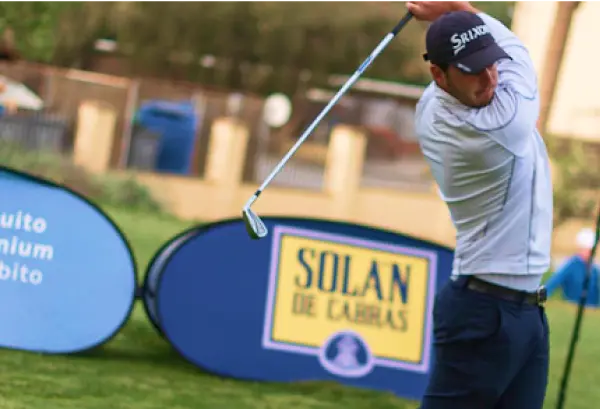
Solán de Cabras patrocina el Acciona Open de Golf y la Solheim Cup.
Ver patrocinios en golf
-
Diferencias entre agua mineral y agua de manantial
Seguro que alguna vez has cogido una botella de agua y has leído […]
Leer -
¿A qué llamamos «residuo seco» en el agua mineral?
Es probable que en alguna ocasión hayas leído en la etiqueta de una botella de agua la expresión […]
Leer -
Estos son los ingredientes del agua con gas
Cuando abrimos una botella de agua con gas y sentimos esas burbujas tan […]
Leer
